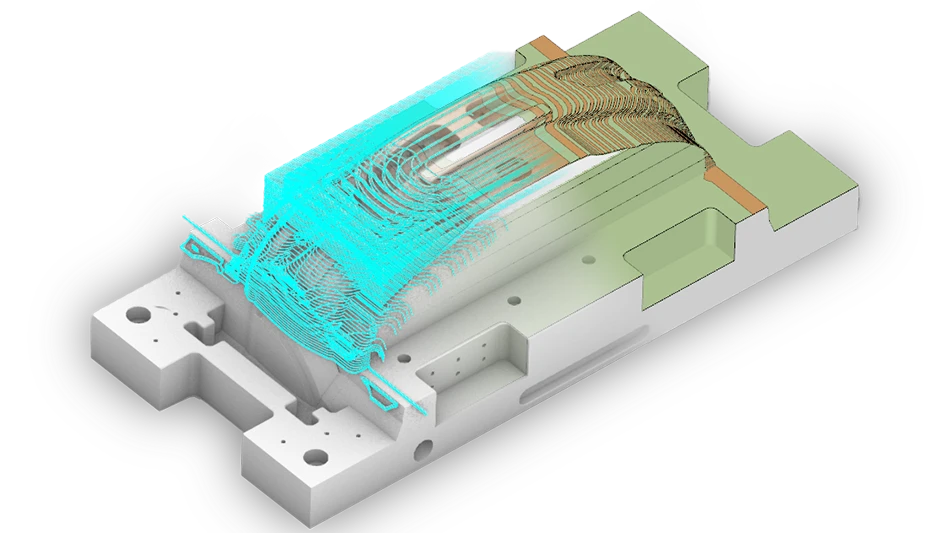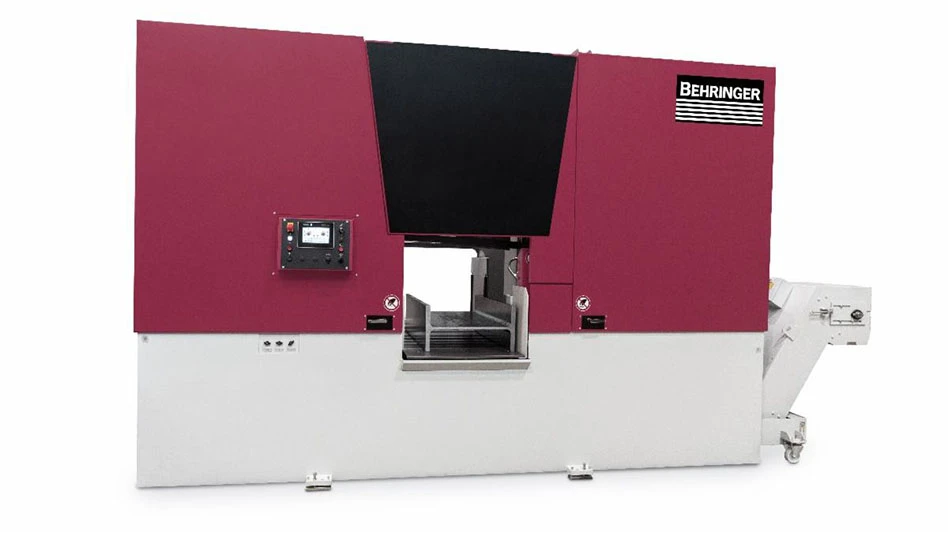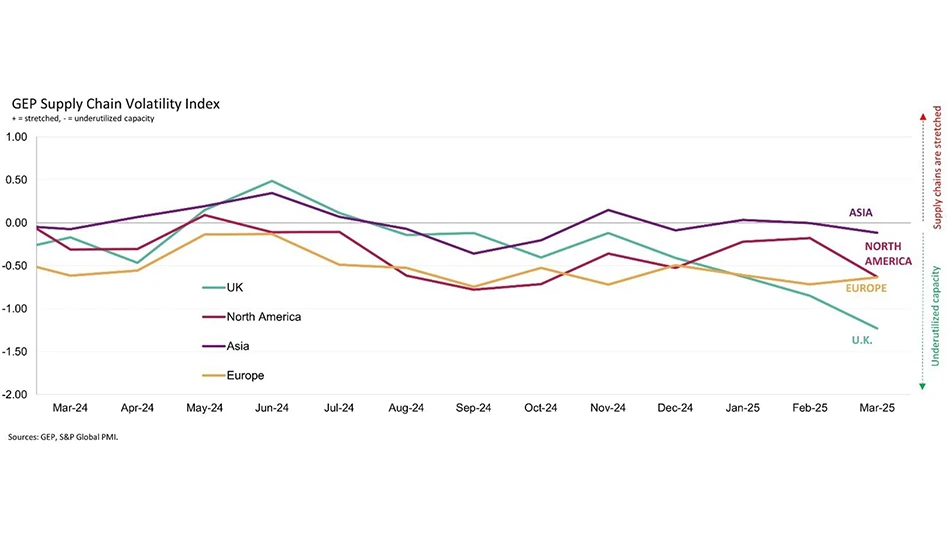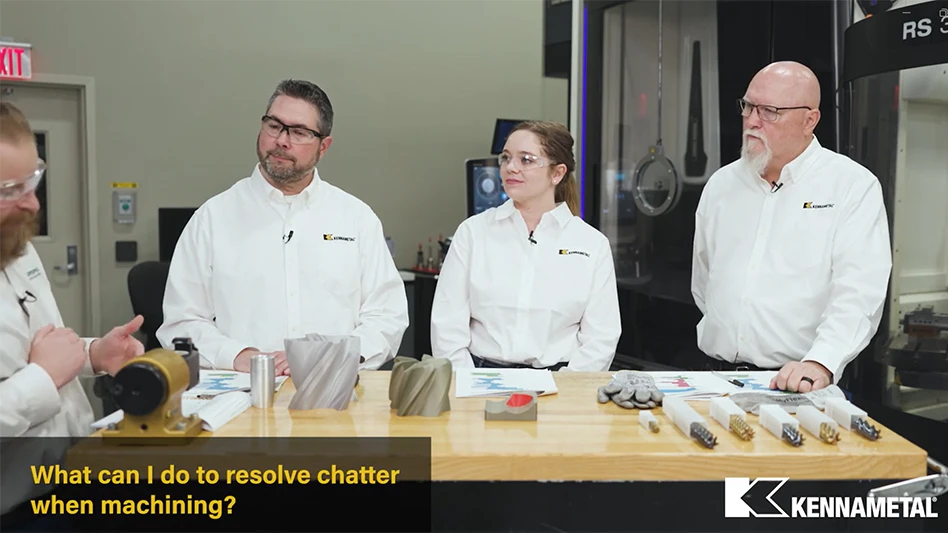
MIT engineers have developed a metal-free, Jell-O-like material as soft and tough as biological tissue that conducts electricity similarly to conventional metals. The new high-performance conducting polymer hydrogel could replace metals as functional, gel-based electrodes, with the look and feel of biological tissue.
“This material operates like metal electrodes but is made from gels similar to our bodies, and with similar water content,” says Hyunwoo Yuk, Ph.D., co-founder of SanaHeal, a medical device startup. “It’s like an artificial tissue or nerve.”
“We believe for the first time, we have a tough, robust, Jell-O-like electrode that can potentially replace metal to stimulate nerves and interface with the heart, brain, and other organs in the body,” adds Xuanhe Zhao, professor of mechanical engineering and of civil and environmental engineering at MIT.
A true challenge
Most polymers are insulating by nature, meaning electricity doesn’t easily pass through them. But there’s a small and special class of polymers that can pass electrons through their bulk.
Recently, researchers including those in Zhao’s lab tried using conductive polymers to fabricate soft, metal-free electrodes for bioelectronic implants and other medical devices. These efforts aimed to make soft yet tough, electrically conductive films and patches, primarily by mixing particles of conductive polymers, with hydrogel – a type of soft and spongy water-rich polymer.
Researchers hoped the conductive polymer and hydrogel would yield a flexible, biocompatible, and electrically conductive gel. But the materials were too weak and brittle, or they exhibited poor electrical performance.
In their new study, Yuk and his colleagues found a new recipe to mix conductive polymers with hydrogels that enhanced the electrical and mechanical properties of the ingredients. The group realized to preserve the electrical and mechanical strengths of the conductive polymer and the hydrogel, both ingredients should be mixed in a way that they slightly repel – a state known as phase separation. In this slightly separated state, each ingredient could link its respective polymers to form long, microscopic strands, while also mixing as a whole.
The researchers then tweaked the recipe to cook the strands into an ink they fed through a 3D printer onto films of pure hydrogel, in patterns similar to conventional metal electrodes.
“Because this gel is 3D-printable, we can customize geometries and shapes, which makes it easy to fabricate electrical interfaces for all kinds of organs,” Zhou says.
The researchers implanted the printed electrodes onto the heart, sciatic nerve, and spinal cord of rats. The team tested the electrodes’ electrical and mechanical performance in the animals for up to two months and found the devices remained stable throughout, with little inflammation or scarring to the surrounding tissues. The electrodes could relay electrical pulses from the heart to an external monitor, as well as deliver small pulses to the sciatic nerve and spinal cord, stimulating motor activity in the muscles and limbs.
Going forward, Yuk envisions an immediate application for the new material may be for people recovering from heart surgery.
“These patients need a few weeks of electrical support to avoid heart attack as a side effect of surgery,” Yuk says. “So, doctors stitch a metallic electrode on the surface of the heart and stimulate it over weeks. We may replace those metal electrodes with our gel to minimize complications and side effects that people currently just accept.”
Massachusetts Institute of Technology (MIT)
https://www.mit.edu

Explore the September 2023 Issue
Check out more from this issue and find your next story to read.
Latest from Today's Medical Developments
- Unlocking GenAI's potential: Insights from the Supply Chain Horizons 2025 report
- Celebrating 75 years of innovation at Jorgensen Conveyor and Filtration Solutions
- Free webinar to offer expert advice on optimizing machining operations
- How collaboration between companies can elevate manufacturing
- AI meets innovation: Cambridge's device transforms heart screening
- Mazak and Premier Engineering team up for greater agility in Florida
- Struggling with inventory or supply chain pressures? Find answers in our free webinar
- Free webinar: Advanced manufacturing solutions to support the Navy





